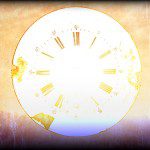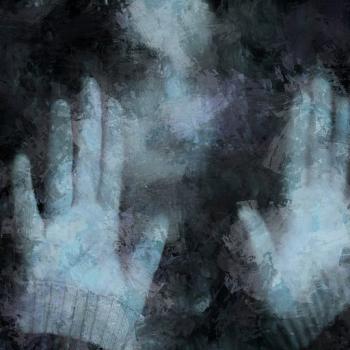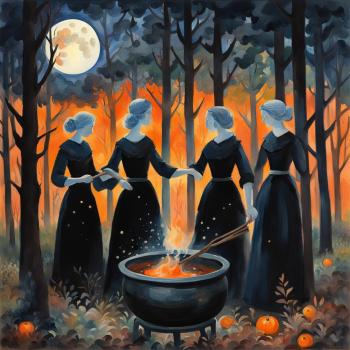We live in a culture which tends to emphasize the value of enlightenment – and of the Light more generally – and as we move towards Bealtaine (aka Beltane), a time in my tradition when the year turns from dark to light I have found myself thinking more and more about this.
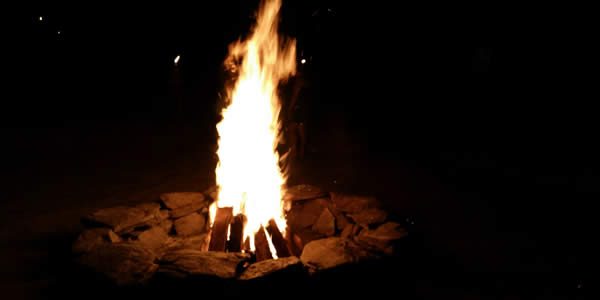
The word Bealtaine itself is likely Old Irish for ‘blessing fires,’* and many of the traditions of the holiday emphasize the power of light to overcome darkness: fires are used to bless people and animals; yellow flowers, eggshells, and ribbons are used to decorate a bush symbolizing (in my opinion) good luck and the return of the sun; fires are lept for luck and fertility. On the surface one might easily look at Bealtaine and see nothing but a celebration of light and summer, yet if we look deeper we find that just as Samhain has an aspect to it that celebrates the light going into the dark, Bealtaine has a layer that is about celebrating the dark as we move into the light. When we dig, we find folklore related to sexual unions; to the dangers of the Fair Folk and of witches; to the power of ashes.
What I’ve been giving a lot of thought to this year as we move towards Bealtaine, with its simultaneous imagery of the bright fires and the darkness of fresh turned earth welcoming the new seeds, is the importance of not losing our appreciation of the dark aspects as we celebrate the light. Of course I’ve talked about why I think the Dark matters before in a previous blog “The Value of Our Shadow,” but more than that I think that we sometimes get so caught up in some of the wider cultural ideas of what it means to be spiritual that we may forget that spirituality is not only found by seeking the traditional ideas of the spiritual, of enlightenment. We live in a culture that by and large emphasizes ideas that hinge on seeking answers outside ourselves, beyond ourselves, seeking ‘enlightenment’ through pure reason and the mind. And there’s nothing wrong with that of course – I’ll never say that the light doesn’t have its value or its place – but I do think its often overemphasized. The light doesn’t have all the answers all the time.
What does the dark have to offer us, when we are seeking spiritual fulfillment and searching for answers?
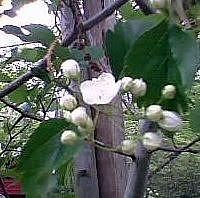
If the light is about rational thought and logic, about seeing clearly and gaining new insight – then the dark, I think, is about pure feeling and dreams, about sensing clearly and intuitive connections. Its about primal rhythms and cycles. Its instinctive. The darkness of Bealtaine is the force that urges procreation – and the same force that says even if you can’t or don’t want to procreate have some fun trying anyway. Its the energy that drives couples – and individuals – into the darkness to celebrate life. Its that gut level passion that lets us dance around a bonfire without caring how we look while we are doing it. Its the thrill in the shadowed night that urges us to be daring, to risk, to dream. Its the drive to create, to move, to feel alive and part of the world around us. If the light is a thing of the mind and of the higher self then the dark is something of the body and the unconscious. Or as a recent, and highly recommended, blog “Creative Endarkenment: Downward to Darkness” puts it:
“The concept of ‘enlightenment’ (and the hero’s story) encourage us to venture ‘up and out’ … might it also be true that there are times to adventure down and in? The concept of endarkenment takes us not only into the dark but also down, towards (and into) the body, and the earth.” – Sarah Sadie
I like the idea of endarkenment and also of embodied spirituality (something other Patheos bloggers like Sarah Sadie and Yvonne Aburrow have also written about). The two concepts go together naturally, and both I think work with another concept I’m fond of: experiential spirituality. All of these ideas, in my opinion, center on the self as the source of spiritual connection, because by embracing our true self, by accepting our wholeness, we embrace the qualities of light and dark, of living spirituality, of balance. We connect by going within instead of reaching without, and find wisdom through the dreaming potential of darkness instead of the thoughtful illumination of light. In seeking truth in darkness, in descending into the body, into the primal physical self, we ultimately transcend our individual limitations to connect to something greater.
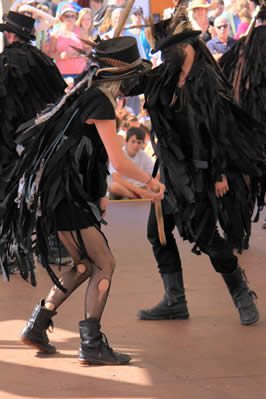
The truth is that we are assaulted daily by messages to dislike or be dissatisfied with our physical selves in many ways in the secular world. And the spiritual world often reinforces that message, although more subtly and sometimes unconsciously. Many traditions of modern paganism, whether we like to acknowledge it or not, can tend to emphasize ideas taken from other religions including ones related to asceticism and spiritual wisdom through connecting outward to higher powers. There is nothing wrong with these approaches of course and they can be very effective, but they are certainly not the only possible way to achieve the same result. In this I think there is a valuable lesson to be learned from the traditions which emphasize the power that can be found in celebrating the physical and seeking the spiritual within. In a world where we are so often told to be dissatisfied with our physical selves, to see our bodies as challenges to our spirituality, turning around instead and loving our physical selves as we are – even if that isn’t perfect, even if that means embracing flaws and accepting that we are a work in progress – is enormously empowering. It seems to me that often the light can be about seeking perfection, or seeing perfection in everything, so then the darkness is, in my opinion, about embracing instead the process and seeing the beauty in the present, however damaged, however imperfect.
Bealtaine is a holiday that celebrates both the dark and the light, just as life is ultimately about finding a balance between the two that works for each of us individually. Embracing the dark themes of Bealtaine can mean embracing the more physical, primal aspects of the holiday. Celebrate the joys of the flesh, whatever that means for you – good food, good drink, good company, good music. Enjoy your body as it is, and appreciate it as it is; look within for your own sense of the sacredness of your flesh. Dig your hands into the raw earth, feel the dirt between your fingers, plant a seed or just feel that primal connection between yourself and the ground. Let yourself simply be in the moment.
We need this, more and more we need this. We need to be grounded, energetically in the earth, and physically within ourselves. We need to reconnect with our physical selves, with the drives that drive us. Instead of looking at our more primal urges – food, sleep, sex, comfort – as negatives to be overcome we can choose to see the value in enjoying the sensual sometimes. I would go so far as to say as pagans, as witches, our physical bodies really should be our temples, places that we celebrate and enjoy rather than striving to conquer and ultimately escape from. Part of our journey during this physical incarnation should be about connecting to our bodies and enjoying them – as Shakespeare said “eat and make good cheer” – and that truly is in the spirit of Bealtaine.
* – yes I am going with Cormac’s gloss here, and I know not everyone agrees with that etymology. Fair enough. (back)
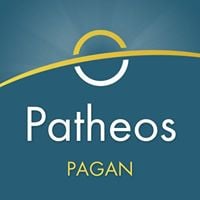
Patheos Pagan on Facebook.
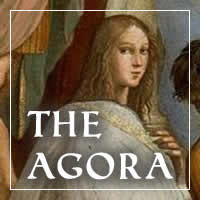
the Agora on Facebook
Irish-American Witchcraft is published bi-monthly on Tuesdays here on the Agora. Subscribe via RSS or e-mail!
Please use the links to the right to keep on top of activities here on the Agora as well as across the entire Patheos Pagan channel.


